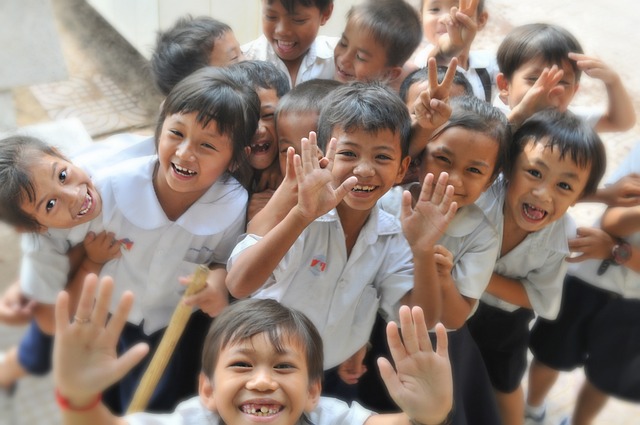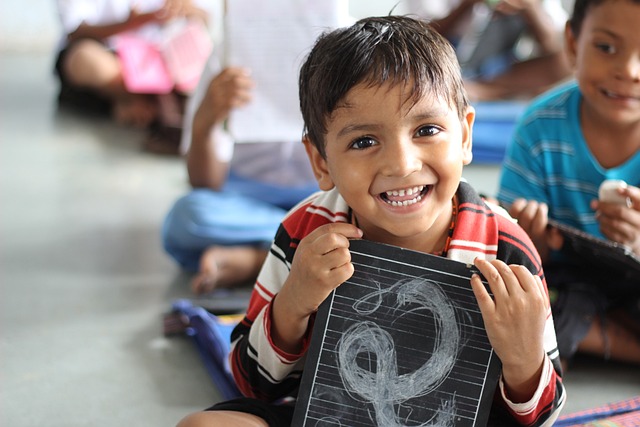
Zakaria lives on his own at al-Aqsa hospital where he helps paramedics bring in casualties
Zakaria is 11 years of age and lives in Gaza. He figures he has seen a large number of bodies since the conflict began. Yet, at an age when youngsters are ordinarily found in a homeroom, Zakaria is chipping in at one of Gaza’s couple of working clinics—al-Aqsa.
As a progression of ambulances shipping survivors of the conflict between Israel and Hamas pull up outside the office in the central town of Deir al-Balah, Zakaria clears a way through the crowds to recover recently arrived patients and rush them inside for treatment.
Minutes after the fact, he is going through the passages of the clinic with a cot and later conveys a small kid inside to the trauma centre. A few of his school companions have been killed since the contention began, and staying nearby the clinic implies Zakaria observes stunning scenes. He says that once, after an Israeli strike, he saw a kid before him consumed to death in a fire. “I’ve probably seen something like 5,000 bodies. I looked at them with my eyes,
“He tells our cameraman. Zakaria is one of the kids and youngsters we endured nine months following for our Experssepaper narrative Gaza:
How to Endure a Disaster area. It’s a movie that my partner, Yousef Hammash, and I co-coordinated from London, since global writers have not been permitted by Israel to enter the Gaza Strip and report freely starting from the beginning of the conflict 16 months prior. To accumulate the recording and the meetings,
we utilised two cameramen who live in Gaza—Amjad Al Fayoumi and Ibrahim Abu Ishaiba—speaking with them routinely utilising informing applications, web calls, and cell phone organisations.
Yousef and I needed to make this narrative to show what day-to-day existence resembles for Gazan individuals attempting to endure the detestations of this contention as it unfurled. We wrapped up recording half a month prior, on the day the current truce began. We zeroed in on three kids and a young lady with an infant since they are the blameless people in this conflict, which came to an unstable delay on 19 January when

an excess of 48,200 individuals have been killed in Gaza during Israel’s hostile, as per the Hamas-run wellbeing service. The tactical activity followed the assaults on southern Israel by Hamas on 7 October 2023, in which around 1,200 individuals were killed and 251 abducted.
Overall we shot in a space of southern and focal Gaza reserved by Israel’s military as a “philanthropic zone,” where Palestinians were told to go for their own security. In spite of its assignment, the actual zone was struck right multiple times between May 2024 and January this year, as per examination by Experssepaper Check. The Israel Protection Powers said it was focusing on Hamas warriors working there.
We needed to know how youngsters tracked down food, chose where to rest, and how they involved themselves while attempting to make due. Abdullah, 13, portrays the film. He talks fantastic English, having gone to the English school in Gaza before the conflict and gives his best for continue onward with his schooling. Renad, 10, does a cooking show on TikTok with the assistance of her more seasoned sister.
They make numerous sorts of dishes, despite the fact that the conflict implies they can’t get the legitimate fixings, and have more than 1,000,000 adherents. We likewise followed Rana, 24, who has brought forth a child young lady rashly. She has been dislodged multiple times and lives close to the emergency clinic with her two children and her folks. A portion of the film likewise takes a gander at how surgeons battled to keep individuals alive in al-Aqsa emergency clinic, which was portrayed in January 2024 by English specialists as the main working clinic in focal Gaza.
Everybody working at the medical clinic knows the kid. He is, obviously, still a kid and not a certified doctor, but rather he is continuously staying nearby, sitting tight for a valuable chance to help somebody, in the expectation he could get some food or cash consequently. Now and again he helps convey hardware for neighborhood writers, and different times cots with individuals harmed or kicking the bucket.
At the point when there is a peaceful second, he helps clean the blood and soil from the ambulances. There is no school for him to go to, and he is the main individual in his family bringing in any cash. He doesn’t remain with them as they have little food or water, he expresses, and on second thought lives all alone at the medical clinic and dozes where he can. One night it’s in the CT filter room, one more in the writers’ tent, or the rear of a rescue vehicle. There were a lot of evenings he nodded off hungry.
However much they attempt, medical clinic staff can’t get him far from the turmoil of really focusing on losses. Zakaria loves the paramedics and needs to be viewed as a component of the group. One of them, Said, encourages him. Whenever he regards Zakaria as a youngster, he says, the kid flies off the handle. Other staff see the consideration and consideration Zakaria pays to them and the patients in the medical clinic and help him to give somebody an IV dribble.
In acknowledgment of his endeavors, they even make him a smaller than usual arrangement of blue cleans — which he invests heavily in. Expressed attempts to guarantee the kid actually gets a similarity to youth, and in the film, we follow them out traveling to the ocean side. Sitting under the fronds of a tree limb, Zakaria gets into the lunch Said has purchased. The shawarma, he says, is great.
Said jokes, it’s the main time the kid of all time “quiets down.”. However, Said stresses Zakaria has seen such a lot of death and obliteration that he might very well at no point ever found a place with youngsters his age in the future. Zakaria is himself looking past youth. “I need to be a paramedic,” he says. “Yet, first I really want to leave.” As told to George Sandeman

